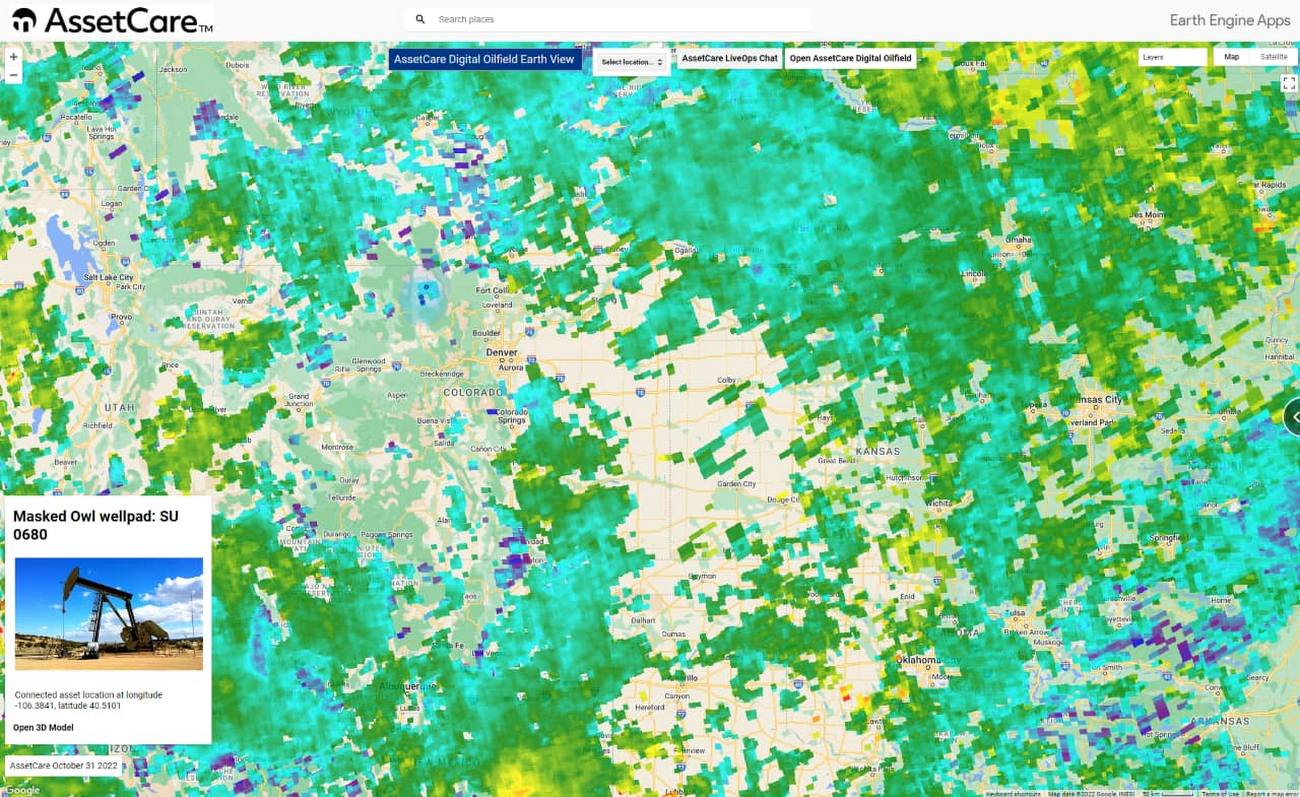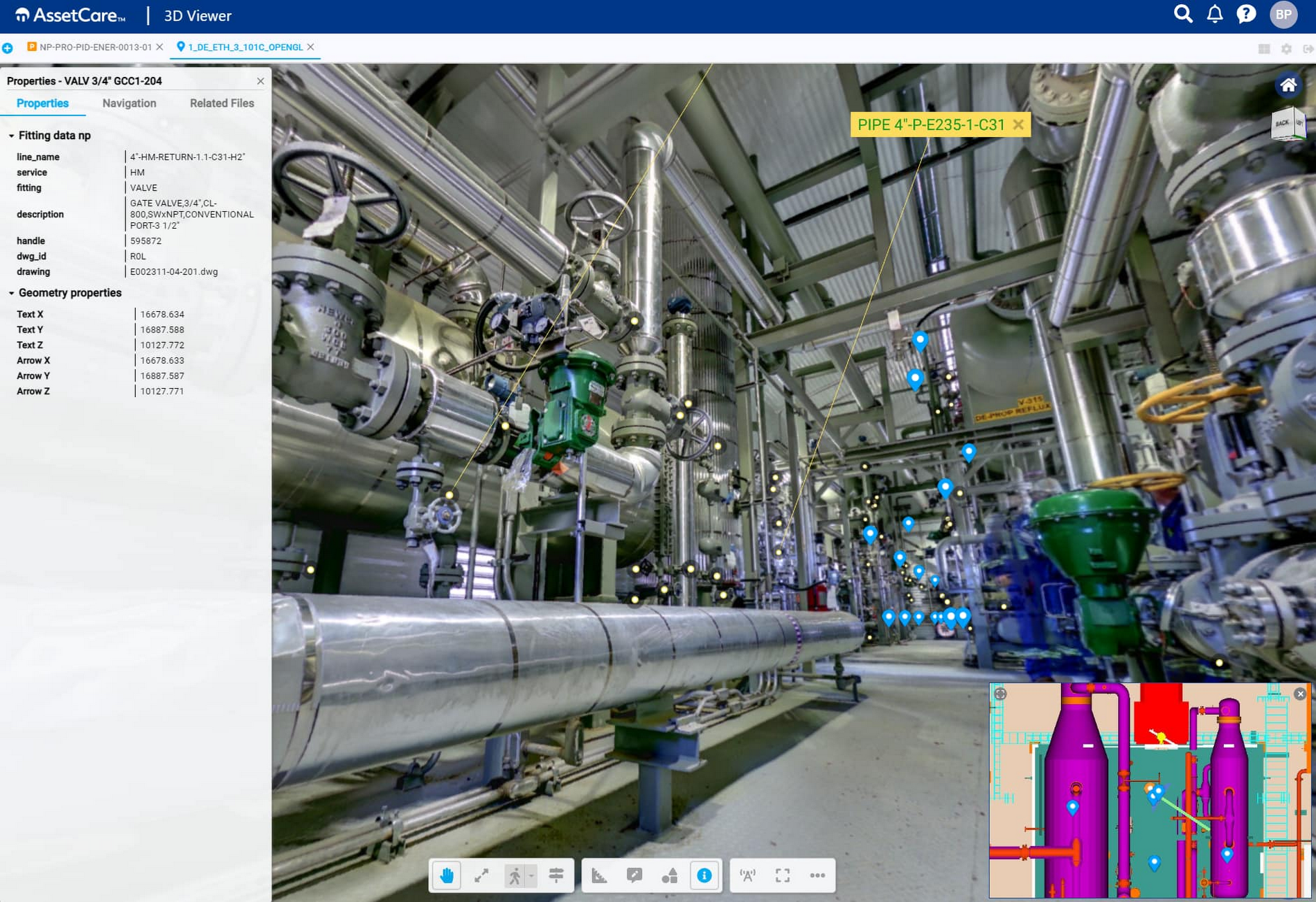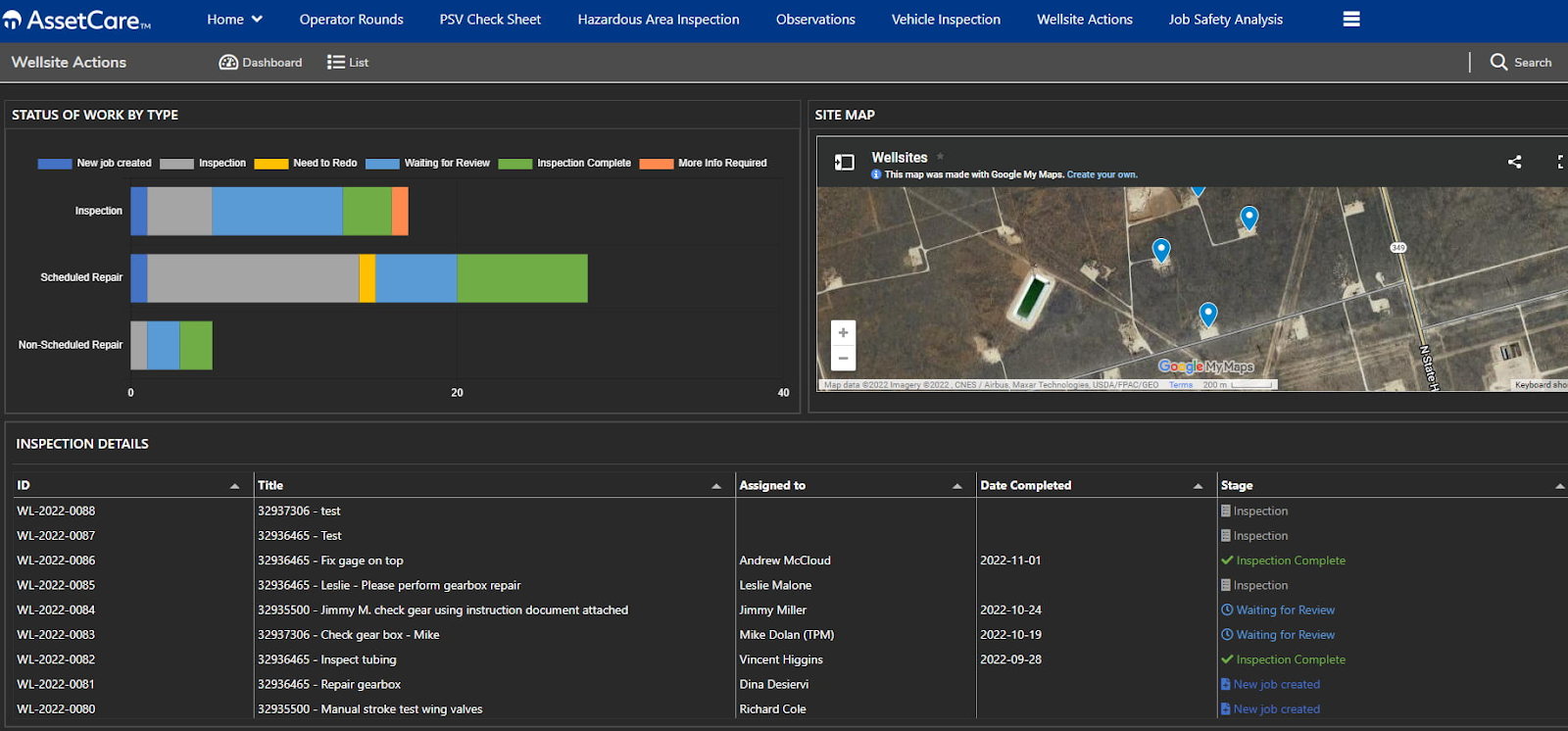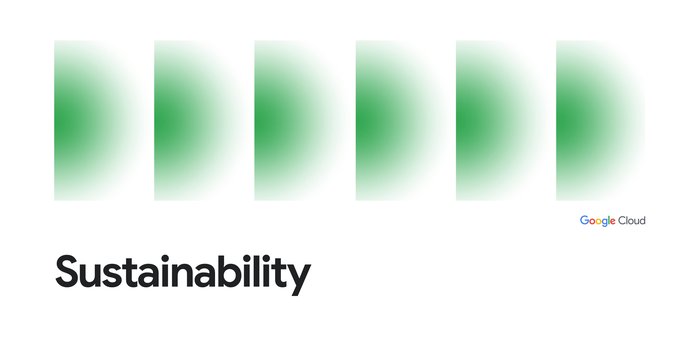More from Decarbonization Day: mCloud shares how visualizing methane emissions helps asset managers stop leaks

Barry Po, Ph.D.
Chief Marketing Officer & EVP, mCloud
Try Google Cloud
Start building on Google Cloud with $300 in free credits and 20+ always free products.
Free trialEditor's note: At Google Cloud we’re working with global organizations to help them use technology to build a more sustainable future. During the 2022 United Nations Climate Change Conference, or COP27, representatives from countries and organizations around the world — including Google Cloud — gathered in Sharm El-Sheikh, Egypt from November 7 - 18, 2022 for the latest round of climate talks. Check here for perspectives from onsite, thoughts from Google experts and customers, curated content and announcements. Or catch the event for yourself on Youtube.
On November 11, all attention at COP27 was focused on decarbonization — surely the most critical step in reducing anthropogenic impacts on the global climate. As the world struggles to find ways to reduce or sequester the emissions causing climate change, it's exciting to see new digital tools coming into play to help energy-intensive industries meet this urgent challenge.
Together with our partners at Google Cloud, mCloud is delivering some of those new digital tools. Leveraging Google Cloud, we offer AssetCare™, a portfolio of asset performance management solutions combining the cloud with digital twins and AI to optimize the performance, reliability, and sustainability of energy-intensive assets.
We offer specific solutions to tackle methane emissions at scale in process industries. Methane has 80 times more warming power in the near-term than carbon dioxide and reducing its impact is widely considered low-hanging fruit for climate change mitigation. At last year's COP26 over 100 countries signed a pledge to cut methane emissions, and this morning President Biden made a commitment to relentlessly target methane reduction. At mCloud we’re equipping energy providers with the AI-driven tools they need to manage and drive action in the field, at facilities where the leaks actually happen. This is made possible through connected apps that enable customers to locate, measure and abate leaks at every level — from the full portfolio down to individual pieces of equipment.
Our ability to find methane emissions underscores the central role the cloud has to play in emissions management. Through AssetCare, we use Google Cloud and Google Earth Engine to visualize petabytes of methane emissions data from European Space Agency satellites in orbit. From macro to micro, operators zoom down to the field assets they manage, where sensors from AssetCare continuously stream equipment-level emissions data to the cloud from oil and gas facilities anywhere in the world — something only possible with the scale and compute of the cloud.


Our connectivity detects and flags real-time methane leaks from pumps, valves, and other common sources at gas plants and well pads. Data from these assets are streamed to Google Cloud, where they are analyzed using mCloud’s industrial AI and visual analytics. Digital twin capabilities can provide even more insights into equipment problems. And all this information is then consolidated and presented to operators in an interface accessible as a verifiable single source of truth.


Through AssetCare, connected workers in the field can access real-time information and identify and stop methane leaks more quickly and efficiently than intermittent equipment checks — in hours instead of weeks or months. Where field workers once checked each well and piece of equipment manually, we digitize monitoring and provide our customers with the ability to manage portfolios around the clock that consist of many thousands of wells and pumps.
With the cloud, workers can collaborate virtually with offsite experts to resolve problems and optimize equipment performance. They can also better prevent unplanned shutdowns that sometimes require the ‘flaring’ of stored hydrocarbons for safety reasons.


One more tangible benefit of being cloud-based is that it provides the foundation for actionable information based on verifiable data. The data comes from a single source rather than being pulled from multiple systems or platforms. It’s not being estimated based on calculations or averages over months or years. We can now rely on data, not estimates, educated guesses, or speculation. As we’re showing with our solutions, we’ve taken opinion out of the equation and given producers the ability to demonstrate real emission reductions and how they’re directly contributing to abatement efforts.
Across oil and gas basins in the U.S. and globally, these new digital technologies can enable significant emission reductions. By putting the tools to detect and correct methane leaks in the hands of producers, cloud-based solutions make them partners in the decarbonization that we all need.



